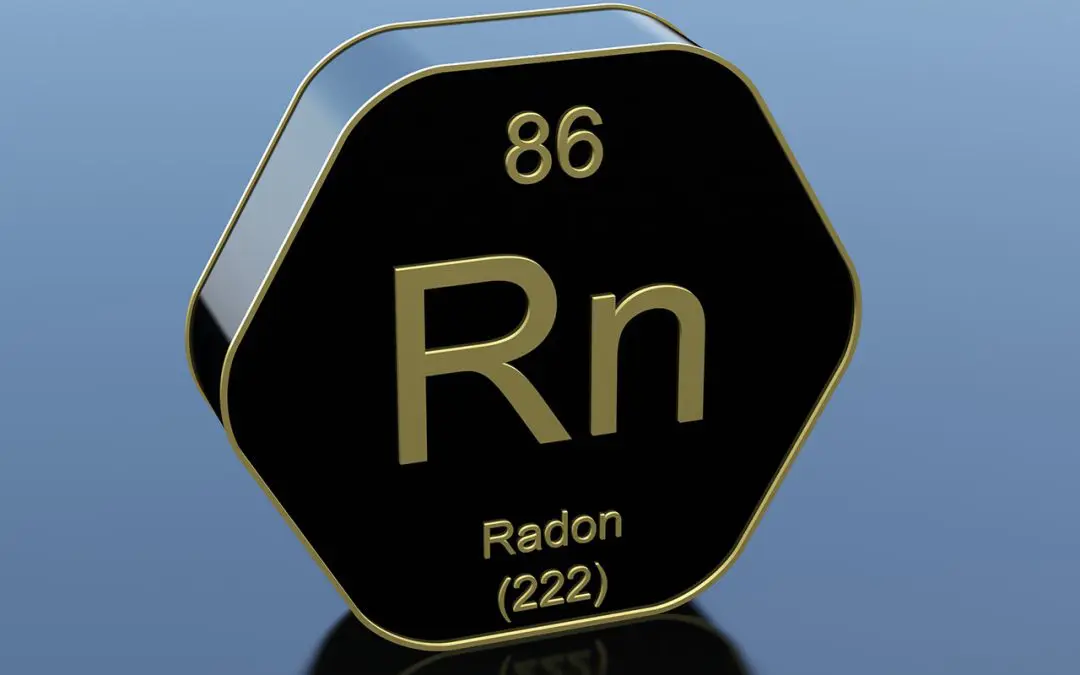Your home should be a place of comfort and safety. But what if an unseen, odorless, and tasteless gas silently crept in, posing a health risk? Radon is a naturally occurring radioactive element that can infiltrate homes through cracks in foundations and other entry points. Radon in the home is like an uninvited guest, and unfortunately, it doesn’t go away on its own.
Radon originates from the decay of uranium found in soil, rock, and water. As it breaks down, it releases radon gas, which can seep into homes and accumulate over time. The problem? Radon is a known carcinogen, and prolonged exposure is the second leading cause of lung cancer after smoking. It’s a serious issue that every homeowner needs to understand.
Why You Should Care About Radon In The Home
It’s easy to dismiss what you can’t see or smell. But radon’s insidious nature is why it’s so dangerous. Because it’s undetectable without proper testing, many homeowners are unaware of the risks lurking beneath their feet.
The Environmental Protection Agency (EPA) estimates that radon is responsible for thousands of lung cancer deaths annually. That’s a sobering fact, and it underscores the importance of proactive testing. The risk is not limited to older homes; even new constructions are susceptible. Geographic location plays a role, as certain areas have higher concentrations of uranium in the soil. But no home is entirely immune.
Testing: Your First Line of Defense
The good news is that testing for radon is simple and relatively inexpensive. You can buy DIY test kits or hire certified radon professionals. DIY kits are convenient and provide quick results, but professional testing offers a more comprehensive (and often more accurate) analysis and includes follow-up recommendations.
The EPA recommends testing all homes below the third floor. If a DIY test reveals elevated radon levels (4 picocuries per liter, or pCi/L, or higher), follow up with a professional test to confirm the results. A double-check will confirm accuracy and reliability.
Mitigation: Taking Control
If testing confirms elevated radon levels, mitigation is the next step. Mitigation systems are designed to reduce radon levels by venting the gas safely outside the home. These systems typically involve installing a pipe and fan that draw radon from beneath the foundation and release it above the roofline.
The cost of mitigation varies depending on the home’s layout and the severity of the radon problem. Consider it an investment in your family’s health and well-being. Professional radon mitigators are trained to design and install effective systems, providing long-term protection.
You can also take proactive steps to minimize radon entry. Sealing cracks in foundations, walls, and floors helps, as does improving ventilation in basements and crawl spaces. Remember, though, that these measures alone aren’t usually enough to address high radon levels.
Long-Term Monitoring
Even after mitigation, regular monitoring is essential. Radon levels can fluctuate over time, and it’s important to confirm that the mitigation system is working effectively. It’s like maintaining a car; regular checkups allow for optimal performance and prevent future problems.
Re-test your home every two years or after significant renovations. This proactive approach provides ongoing protection and peace of mind. Radon is a manageable risk, but it requires awareness, testing, and, if necessary, mitigation. Taking these steps empowers homeowners to create a safer and healthier living environment.
With knowledge and a proactive approach, you’ll take control of your indoor air quality and protect their families. Testing is the cornerstone of this process, and mitigation, when needed, provides a reliable solution that will keep you safe.
FAQs About Radon In The Home
Does opening windows reduce radon levels?
Opening windows can temporarily reduce radon levels by increasing ventilation. However, it’s not a long-term solution, especially in areas with consistently high radon concentrations. Mitigation systems are far more effective.
Are there any natural remedies for radon?
No, there are no natural remedies for radon. The only effective way to address radon is through proper testing and mitigation.
Can radon affect my pets?
Yes, radon can affect pets in the same way it affects humans. Pets exposed to high radon levels are at an increased risk of developing lung cancer.
If my neighbor’s house has high radon, does that mean mine does too?
Not necessarily. While geographic proximity can indicate potential risk, radon levels vary significantly from house to house. The only way to know for sure is to test your own home.
Can radon be in my water?
Yes, radon can dissolve in groundwater. If your home uses well water, testing for radon in water is recommended. Radon in water can be released into the air during showering or other water use, increasing indoor air radon levels.
Reliable Real Estate Inspections, LLC provides inspections to customers in Hilton Head and the surrounding areas. Contact us to request our services.

